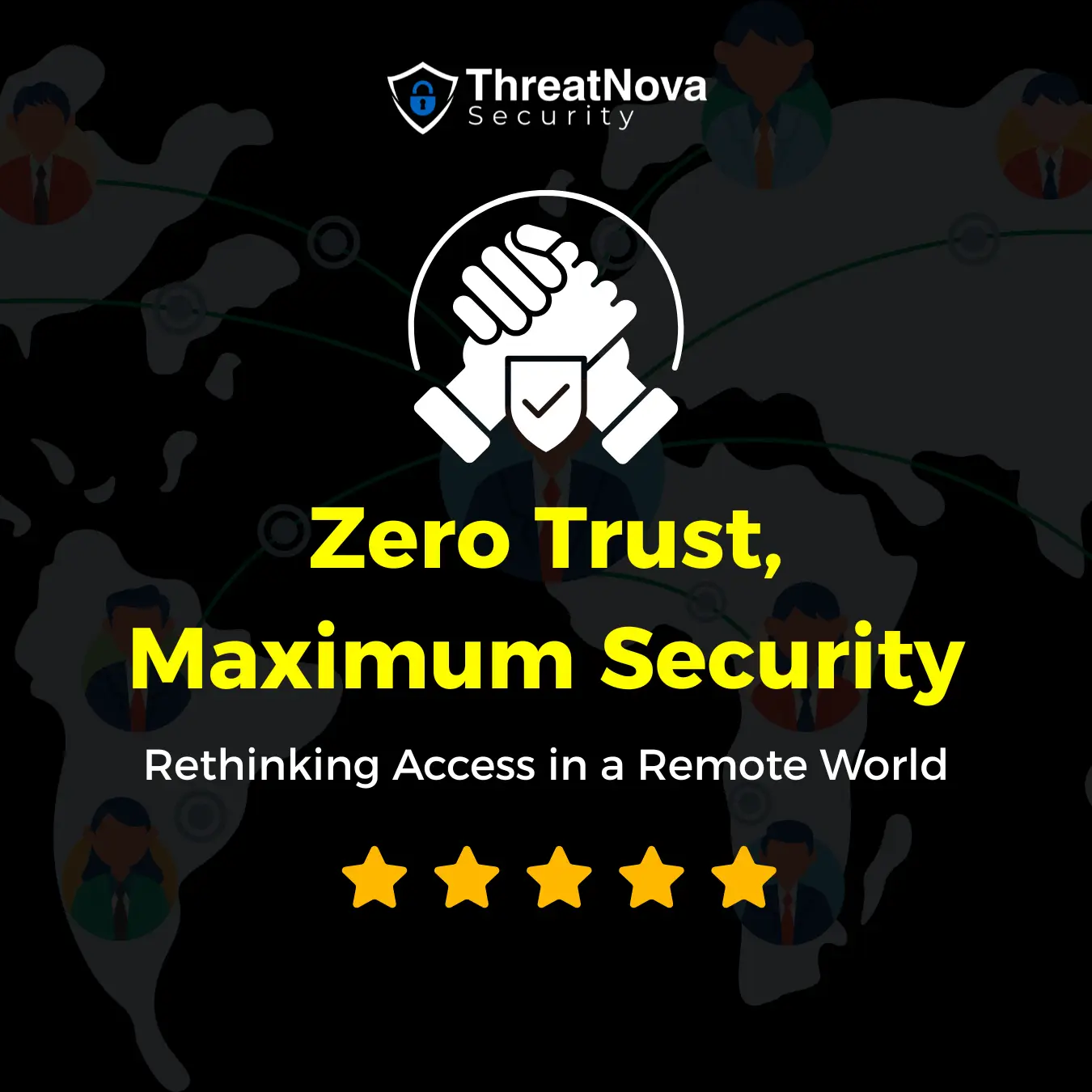In today’s hyper-connected, remote-first world, traditional perimeter-based security models are no longer enough. With employees accessing resources from home, coworking spaces, and across the globe, the network edge has disappeared. Enter Zero Trust: a modern cybersecurity framework built on the principle of “never trust, always verify.”
What Is Zero Trust?
Zero Trust is a security paradigm that assumes no user or device should be trusted by default, regardless of whether they are inside or outside the network perimeter. Instead, every access request is continuously verified using multiple signals such as user identity, device health, location, and more.
Why Perimeter Security Is Obsolete
Perimeter security was designed for a time when organizations could control who and what entered their network. But today, with SaaS platforms, BYOD (bring your own device), and cloud infrastructures, the perimeter is porous. Once a bad actor is inside, they often have lateral movement across systems.
The Core Pillars of Zero Trust
- Verify Explicitly: Authenticate and authorize based on all available data points.
- Use Least Privilege Access: Limit user access with just-in-time and just-enough-access principles.
- Assume Breach: Design systems as if an attacker is already inside. Segment networks and monitor continuously.
Enabling Remote Work Securely
Zero Trust empowers organizations to support remote work without compromising security. With identity as the new perimeter, technologies like multi-factor authentication (MFA), single sign-on (SSO), endpoint detection and response (EDR), and continuous monitoring become essential.
Real-World Benefits
- Reduced attack surface
- Enhanced visibility and control
- Faster detection and response to threats
- Improved compliance posture
Getting Started with Zero Trust
- Assess Your Current State: Understand your assets, users, and access flows.
- Prioritize High-Value Targets: Protect sensitive data and critical systems first.
- Implement Identity and Device Trust: Strengthen identity and endpoint security.
- Monitor and Iterate: Continuously analyze and improve based on threats and user behavior.
How ThreatNova Security Can Help
At ThreatNova Security, we specialize in enabling organizations to implement Zero Trust architectures tailored to their remote and hybrid workforces. Our solutions include:
- Identity and Access Management (IAM) tools that ensure only the right users access the right resources.
- Endpoint protection and continuous monitoring through advanced EDR solutions.
- Secure access frameworks that integrate MFA, SSO, and real-time behavior analytics.
- Employee cybersecurity awareness training to strengthen the human layer of defense.
Whether you’re starting from scratch or refining your security posture, ThreatNova Security partners with you every step of the way to build a resilient, Zero Trust-driven organization.
Final Thoughts
Zero Trust is not a product; it’s a strategic approach to security. As remote and hybrid work becomes the norm, rethinking access and verification is not just smart — it’s essential. By adopting a Zero Trust mindset, organizations can ensure they are resilient, secure, and prepared for the evolving threat landscape.

Leave a Reply